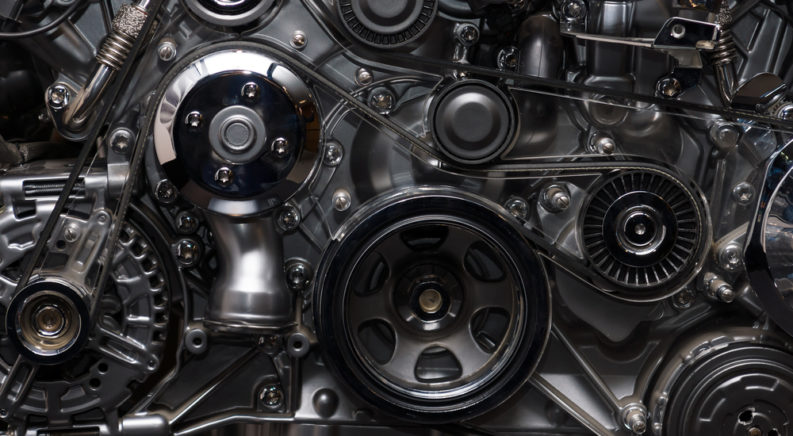The winds of change are blowing, and they are landing squarely on the shoulders GM and Chevy. Early next year, GMC/Chevrolet HD (heavy-duty) trucks, and GMC work vans will all be offered with compressed natural gas (CNG) and liquefied petroleum gas (LPG) engines. Specifically, the engine is a 6-liter V8, which is manufactured by Power Solutions International (PSI). The same engine will be offered on all of the vehicles previously mentioned, in either CNG or LPG, as well as on Chevy’s new Low Cab Forward commercial truck.
At this point, you’re probably wondering what the reason is behind Chevy and GMC offering these two engines. Thankfully, I have the answer.
What’s the Reason?
As the automotive world — and consumers — become more fuel-conscious with each passing year, and new rules and regs coming into effect related to emissions/fuel economy, companies are trying to think of new ways to strike a balance between practicality and fuel-efficiency. Since work vehicles need to maintain power, the best way to do that while still meeting reduced emissions/fuel-efficiency demands is through these CNG and LPG powered vehicles. Combine these alternative fuel sources with the natural power of a 6-liter V8 engine, and this formula should work out just fine.
Let’s take a quick look at how each engine operates.
How a CNG Engine Works
In a nutshell, compressed natural gas is a substitute for gas and diesel fuel. It’s much cheaper and cleaner than gasoline or diesel, and is therefore a perfectly viable, efficient, and environmentally-friendly alternative to gas-powered cars. With CNG, far fewer pollutants are released when the engine ignites. Unfortunately, a CNG-powered vehicle will get fewer miles on a full tank of gas compared to a gas-powered vehicle. But, the cheaper cost and cleaner burn makes it all worth it.
Typically kept in a second fuel tank if a vehicle is converted, it’s safe to assume that since Chevy will be releasing specifically CNG-powered vehicles, it will be the only fuel tank needed. On average, around 3,600 pounds per square inch are compressed inside the tank, which is then pulled through a series of pressurized lines until it reaches a regulator, where it will then de-pressurize to the appropriate amount needed by the fuel injection system of the vehicle’s engine. After that, the solenoid valve allows the gas to move into the fuel injection system and into the engine. Then BANG! The CNG ignites in the combustion chamber, just like your typical gas-powered vehicle.
Best part is, there’s barely any loss to power output.
How a LPG Engine Works
A vehicle that runs on liquid petroleum gas is essentially running on propane. You’re probably thinking that sounds sketchy, right? Well, good news is that propane has a higher ignition temperature, about 850-950 degrees F, compared to 495 degrees F for gasoline. So, it’s far less likely to spontaneously ignite, and is stored in a much stronger tank than gasoline because of the pressure required to keep the propane in liquid form.
I’ll try to simplify this complicated process: LPG is pushed through a pipe from the tank into the evaporator via tank pressure. Then, the liquid turns into vapor. The pressure regulator is heated by the engine coolant in order to prevent the regulator from freezing when the LPG expands (causing a drop in temperature). Then, this vapor moves to the mixing unit where it’s sent to the engine as a dry fuel/air mixture.
Just like CNG, LPG engines run cleaner and are more efficient. Meaning the 6-liter V8 engines will be able to provide the power required for working, while helping reduce emissions and increase fuel-efficiency.




